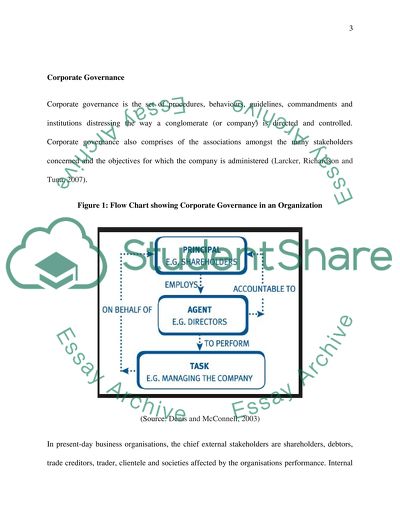Cite this document
(“Corporate Governance Essay Example | Topics and Well Written Essays - 2000 words - 2”, n.d.)
Corporate Governance Essay Example | Topics and Well Written Essays - 2000 words - 2. Retrieved from https://studentshare.org/finance-accounting/1692701-corporate-governance
Corporate Governance Essay Example | Topics and Well Written Essays - 2000 words - 2. Retrieved from https://studentshare.org/finance-accounting/1692701-corporate-governance
(Corporate Governance Essay Example | Topics and Well Written Essays - 2000 Words - 2)
Corporate Governance Essay Example | Topics and Well Written Essays - 2000 Words - 2. https://studentshare.org/finance-accounting/1692701-corporate-governance.
Corporate Governance Essay Example | Topics and Well Written Essays - 2000 Words - 2. https://studentshare.org/finance-accounting/1692701-corporate-governance.
“Corporate Governance Essay Example | Topics and Well Written Essays - 2000 Words - 2”, n.d. https://studentshare.org/finance-accounting/1692701-corporate-governance.


